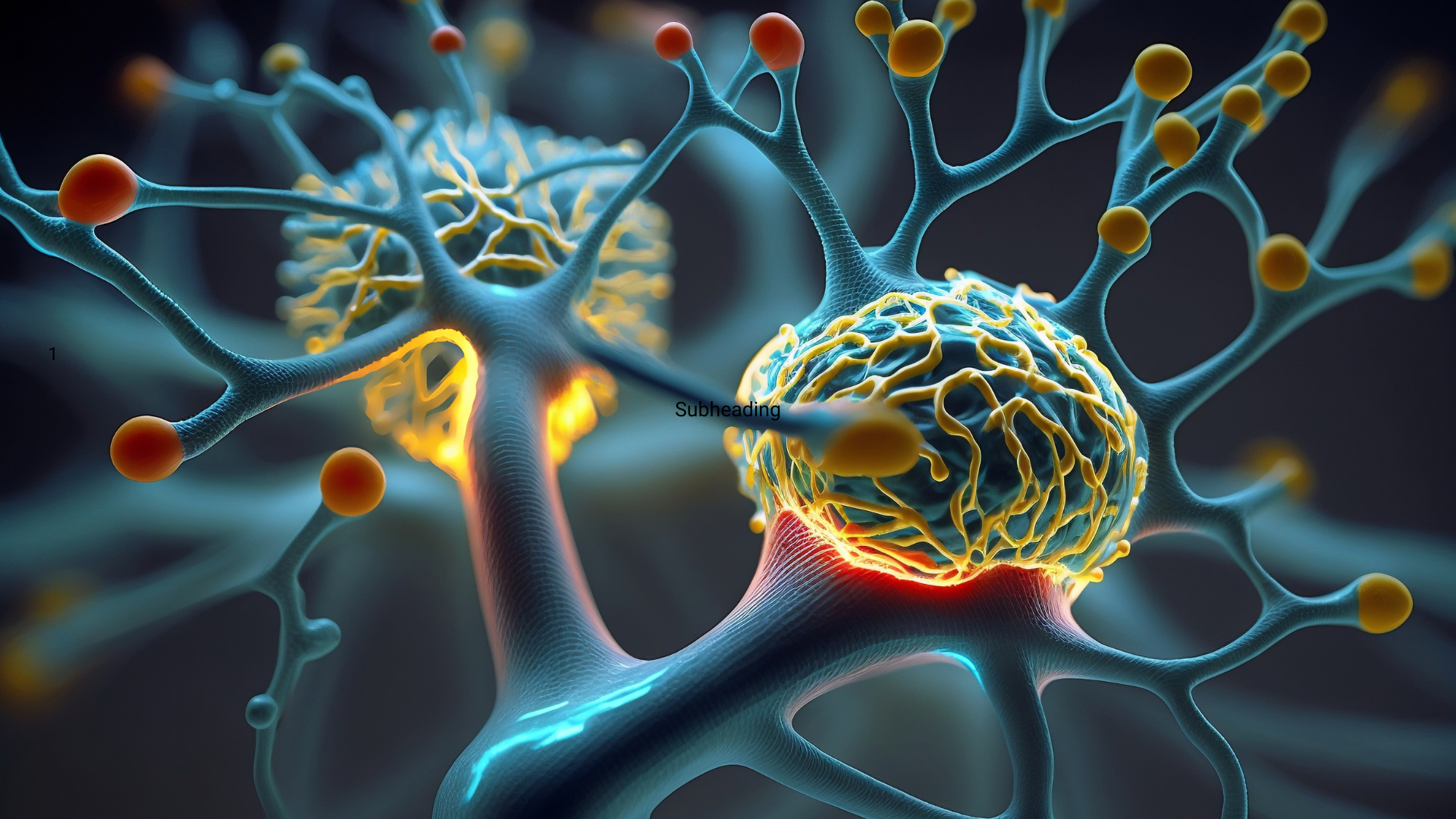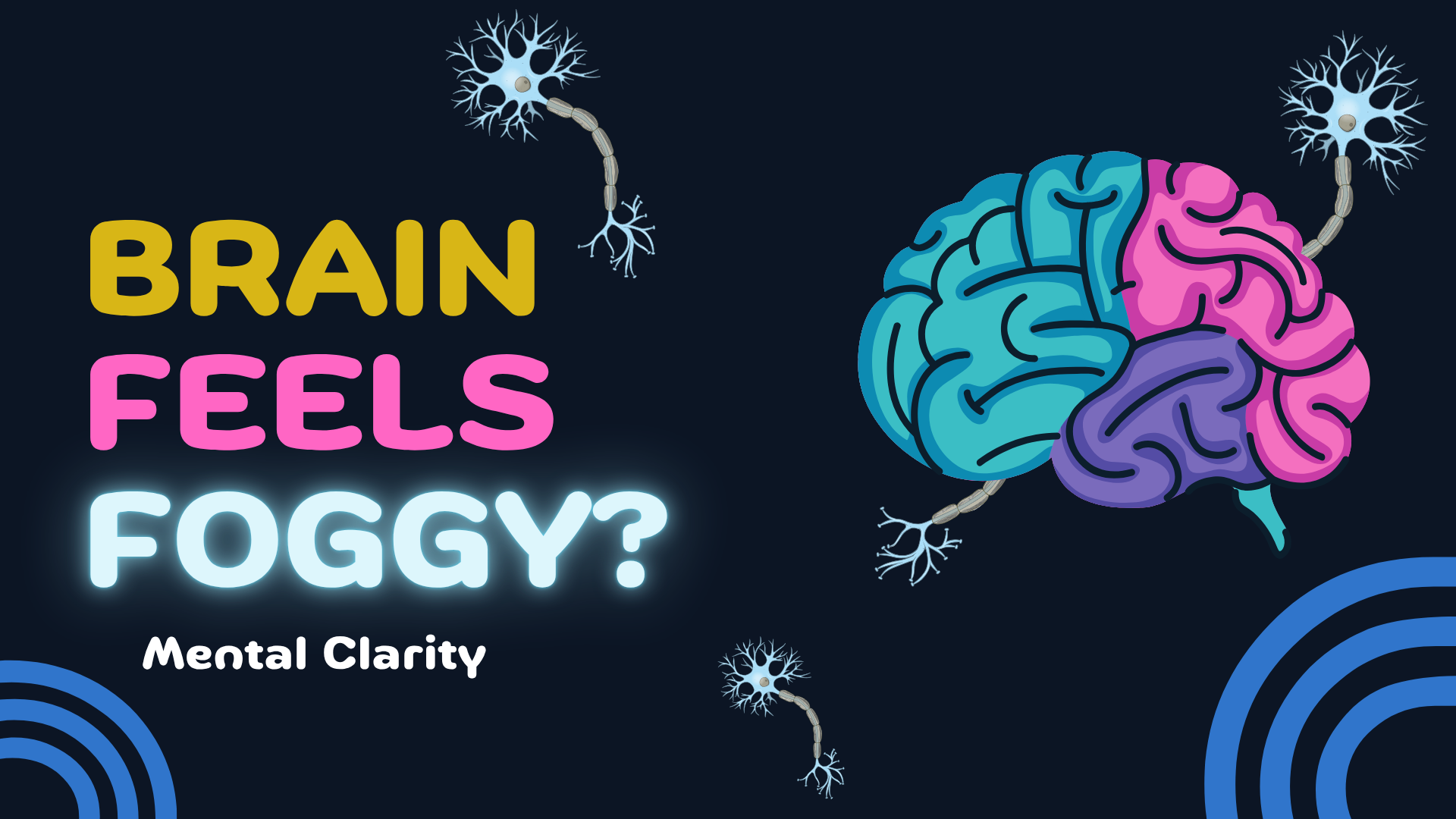Updated by Al Morales. Source: Neurosciencenews.com
Unusual sugar alterations on brain proteins may be a major factor in depression, according to recent study that has illuminated a new facet of the illness. This finding suggests a novel biological mechanism that advances our knowledge of depression and provides new therapeutic options.
A mechanism called sialylation, which is essential for preserving the stability of neuronal circuits in the prefrontal cortex, has been shown to be diminished by prolonged stress. Depression symptoms may result from this disturbance. St3gal1, a crucial enzyme in this pathway, has been found to be essential for the onset and resolution of depression symptoms. Mice exhibited depressive-like behaviors when their levels of this enzyme were decreased, but those symptoms were lessened when their levels were restored.
The results of this study, which was published in *Science Advances*, cast doubt on the conventional wisdom that antidepressant treatments should concentrate on serotonin control. Rather, they pave the way for focused therapies that target this recently identified pathway, especially for those who don’t react to conventional antidepressant drugs.
Key Points
**New Mechanism**: Rather than depending only on neurotransmitter imbalances, depression is associated with aberrant sugar modifications, specifically in the form of O-glycans.
**Important Enzyme**: St3gal1 is an essential enzyme for the stability of brain circuits; its loss might result in depressed symptoms.
**Potential for New Treatments**: This study raises the prospect of creating diagnostic indicators and therapies that transcend the serotonin-focused methods currently in use.
Recognizing the Research
Many people’s lives are profoundly impacted by depression, which can show up as symptoms including social disengagement, sleep disturbances, and lethargy. Additionally, it increases the chance of suicide; as of 2025, about 280 million people worldwide were impacted. Although a complex combination of psychological, environmental, and genetic variables contribute to the condition, the majority of antidepressant medications now on the market primarily target neurotransmitters like serotonin. Regretfully, these drugs can cause adverse effects and only help roughly half of patients.
Under the direction of C. Justin Lee and Boyoung Lee, the Institute for Basic Science research team investigated glycosylation, the process by which sugar chains bind to proteins and affect their functionality. Glycosylation has been connected to a number of illnesses, but its connection to brain abnormalities has only now come to light.
The researchers examined O-glycosylation patterns in nine distinct brain areas in healthy mice using high-performance mass spectrometry. They found distinct glycosylation characteristics in each area. Significant changes were detected when these patterns were compared to those of chronically stressed animals, especially in the prefrontal cortex, where sialylation was significantly reduced and St3gal1 levels were lowered.

The researchers altered the expression of St3gal1 in the prefrontal cortex of both stressed and normal mice in order to investigate the relationship between this protein and depressed behavior. Normal mice exhibited depressive symptoms when St3gal1 was suppressed, whereas stressed animals showed relief from these symptoms when St3gal1 was enhanced. This suggests that one of the main factors causing depressive symptoms is decreased St3gal1.
The Findings
Subsequent investigation showed that reduced St3gal1 affected the stability of synaptic chemicals, including neurexin 2 (NRXN2), which are critical for inhibitory neuron function and brain circuit balance. The brain’s capacity to regulate emotions is eventually impacted by these disturbances.
The Connection

“This study demonstrates a direct correlation between depression and aberrant glycosylation in the brain,” Boyoung Lee stated. “It offers a crucial basis for discovering novel therapeutic targets and diagnostic indicators that go beyond neurotransmitters.” “Considering the substantial social burden of depression, this discovery could not only improve treatments for depression but also potentially extend to other mental health conditions like PTSD and schizophrenia, opening the door for more comprehensive treatment approaches,” C. Justin Lee continued.
Important Questions Answered
**What new depression-related mechanism was found?**
Researchers discovered a direct correlation between depressive behaviors and altered sugar modifications (O-glycans) on brain proteins.
Which area of the brain is most affected?
There is a major influence on the prefrontal cortex, which is essential for controlling emotions and making decisions.
In what ways does this revelation change the way that treatment is approached?
It goes beyond conventional antidepressant techniques that rely on neurotransmitters and highlights glycosylation as a novel therapeutic target.
Abstract
According to recent findings, the beginning of depression is associated with aberrant sugar changes on brain proteins, specifically in the prefrontal cortex. The stabilizing mechanism known as sialylation is diminished by prolonged stress, suggesting that the enzyme St3gal1 plays a key role in controlling depressive tendencies.
This study reveals a novel biological pathway for comprehending depression and raises the possibility of novel therapeutic targets that go beyond the serotonin-focused therapies that are currently employed, which frequently do not help many patients. The results open up new avenues for the diagnosis and treatment of depression and possibly other mental health conditions.


